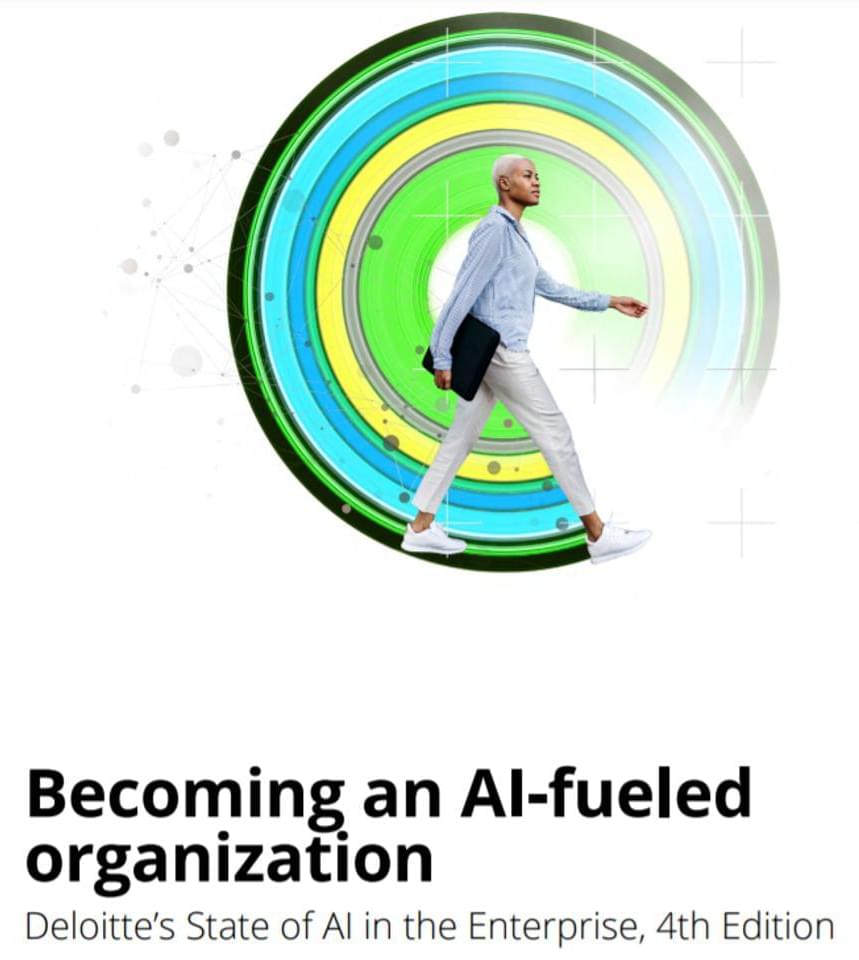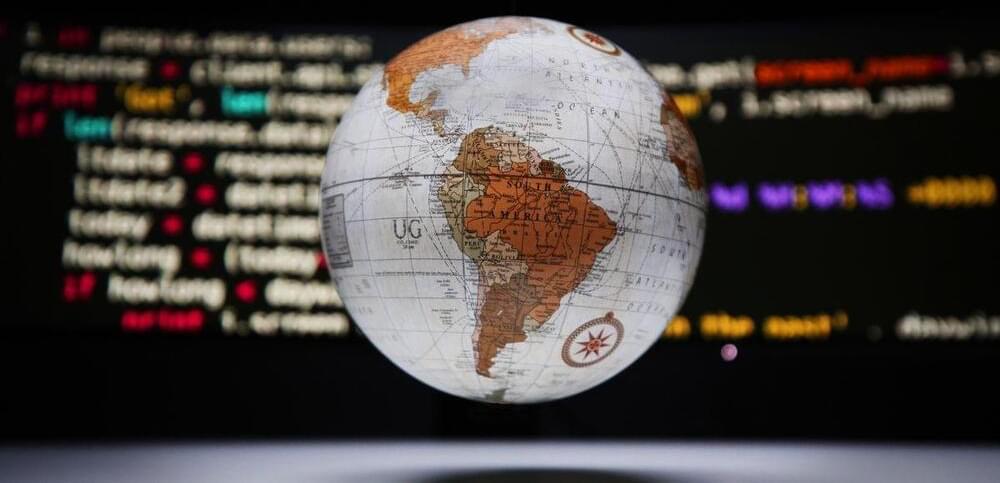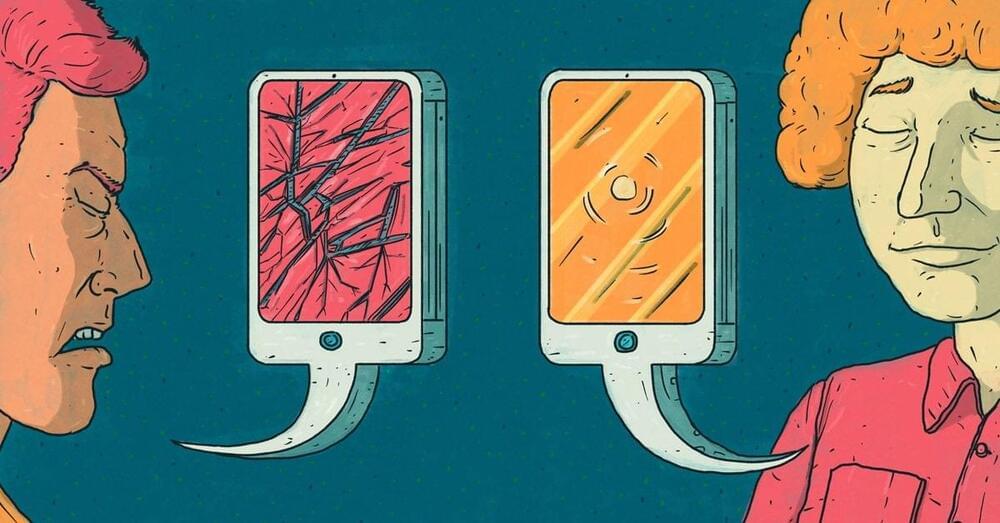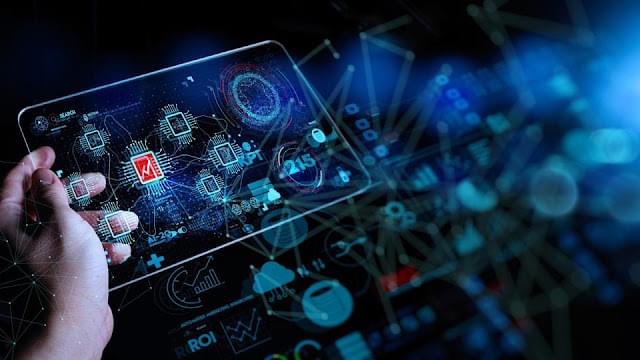Many companies are experimenting with AI, often in many different areas of the company. But experimentation is not enough. It’s essential to have a bold corporate strategy driven from the top. The AI strategy needs to be coordinated throughout the company in tight alignment with the overall business strategy.
AI can be scary for employees, and many are worried about their jobs (see another jobs?). The most successful AI-fueled organizations lead with change management to enable AI systems to succeed.
A key factor for successful change management is trust. Companies that focus on relationship-building, collaboration, and training engender trust. Successful companies help employees understand that most AI replaces tasks, not jobs. Those companies are aiming to augment jobs so that AI and employees work together. If AI is going to replace jobs, management needs to be clear about exactly how that will play out for the employees and provide opportunities for them to upskill or reskill.
Full Story:
Deloitte recently published a comprehensive study of the current state of AI, asking the question: “What are today’s most AI-fueled organizations doing differently to drive success?”
In this article, I provide you with a summary of their findings to determine whether or not you need to go deeper to get more value.





